In line with that whole every-seven-years cell regeneration ethos, I would like to think that there is considerable distance between who I was at the start of this decade (a retainer-wearing, newly-minted Jewish woman), and who I am at its end. In ways both good and bad, our world has changed drastically since Robyn’s award-winning banger “Dancing on My Own” first burst into living rooms across Sweden and then took the world by storm.

When I think about the past ten years, my ability to articulate my taste only really crystallizes in the last four or five. Yet earlier than that, even in the deepest throes of teen angst, I formed attachments to (primarily) female artists who remain touchstones for me to this day—ways to remember who I looked to when I was still trying to look for my sense of self. Sifting back through my playlists (yikes!), saved articles and images (yikes!!), and journal entries (shall we not?) brought a stark portrait of my teen self rushing back, along with a renewed appreciation for the creatives who have impacted both my own small world and the world at large as we head into 2020. So, without further ado, please join me in my full-bodied, Robyn-bopping survey of ten of the most formative creatives/creations by women that helped me to define my own understanding of womanhood over the last decade.
1. Janelle Monáe
Goooood morning cyboys and cybergirls!
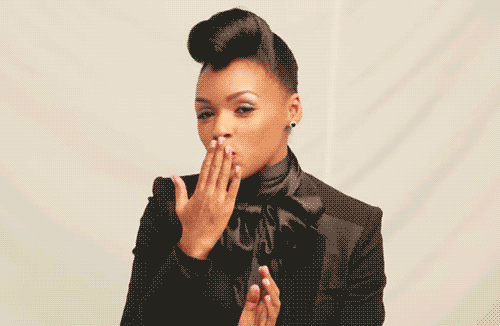
Since Cindi Mayweather The Alpha Platinum 9000 first powered up in Monáe’s “Many Moons” music video—which was, yes, 2009, but stay with me—Janelle Monáe became a musical storyteller who stuck in my mind. Her evolution from 2008’s Metropolis to 2018’s Dirty Computer allowed my own appreciation of this cyborg songstress’ complex narratives, deeply personal and emotional engagement with Afrofuturism, and strong creative vision to grow even more. See: the pants that broke the internet.
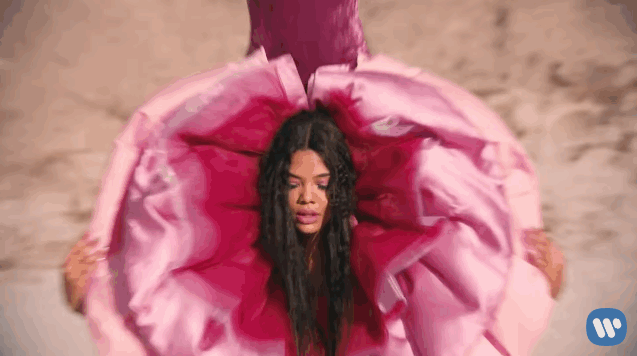
In a 2018 interview with Billboard, Monáe said of her latest album: “I absolutely have special responsibilities. I didn’t always feel like that, but I do now. I’ve felt that way since I made the decision to be an artist on my own terms, and to redefine what it meant to be a young African American artist. From the way that I dressed to the stories I wanted to tell, all of that was very purposeful — it wasn’t passive. There have been times where people have tried to encourage me to go in another direction; to something that people could understand or that was more popular. For me, it’s never been about overnight fame: it’s about taking a journey that might not be often taken, and in doing so, being an example of the belief that we don’t all have to take the same coordinates to reach our destination.”
In her explorations of the self—physical, ethereal, mechanical—Monáe has used the force of her artistic power to reach deep into the hardwiring of American culture and yank. The shower of sparks that follow is both dazzling and demanding. As Monáe says, engagement with her work is anything but passive. So, while her creative output falls slightly outside of the temporal bounds of the decade (mainly 2008-2018), I see Monáe as an artist who profoundly shaped my own awareness of cultural consumption in the past ten years, and the perfect person to usher us into the new decade. After all, she’s been sitting there waiting for us to arrive for years now.
2. Rookie Magazine

When editor Tavi Gevinson’s final Editor’s Letter for Rookie came out in November of 2018, it had been several years since I had checked the site. Founded in 2011 from Gevinson’s fashion blog, Rookie served as a creative haven for the misunderstood teen girl. Though to some extent I found that staying in and reading Rookie could sometimes contribute to the self-fulfilling prophecy of being a misunderstood teen girl, the publication also afforded me a deep sense of community. The site as a whole fostered creative exploration and sections like “Ask A Grown Woman” offered unadulterated insight into questions I was too shy to ask anyone else or didn’t think I deserved to be asking. What’s more, having them answered by women who seemed especially “grown,” who were smart and beautiful and confident, fleshed out my understanding of how we engage with celebrity, and the importance of seeing our fellow humans as they are: often, “here to help.”
Artistic role models like Petra Collins, whose work I discovered through Rookie, paved the way for my more intentional and inspired consumption of social media today, leading me to discover artists like Maisie Cousins, Frances Waite, and MNDR, who push the boundaries of femininity to their most deliciously daring limits. Did several glue and glitter-related mishaps occur early on, out of my sheer excitement at my untapped creativity? Yeah. But did I make a zine for my sister in the months before I left for college that she still treasures five years later? Also yeah. When I needed it to, Rookie bolstered my sense of self with makeup tips, friendship queries, outfit ideas, and the general furnishings of young adulthood. But it also offered me a deeper sense of support, the importance of which I don’t appreciate often enough—it formed the foundation for much of the way I approach communication in my relationships, my artistic and literary choices, my perception of my body, and my role as a female writer in the world.
3. A Girl Walks Home Alone at Night (2014, dir. Ana Lily Amirpour)

In perhaps the best vampire movie of the decade—sorry, What We Do In the Shadows, not sorry, any and all iterations of Twilight—director Ana Lily Amirpour delivers us the 80s jamming, skateboarding, fang-toothed antihero of any young girl’s dreams. Well, this young girl’s dreams. When I first saw A Girl Walks Home Alone at Night, I rewound at least three times to watch this particular scene, set to the dreamy synths of Farah’s “Dancing Girls (Suite 304 Demo)”. For a high-schooler who always wanted her getting-ready routine—smearing on too much eyeliner and putting on lipstick only to determine it was “too much” and taking it off—to look cool, here was an answer.
The combination of Western and Iranian sensibilties, effortlessly cool striped shirts, hapless male energy, and deathly disco music cemented the movie for me in this decade’s hall of fame. Perhaps more importantly, it is a testament to the often-underestimated strength of the feminine, acknowledged by the film’s name: A Girl Walks Home Alone At Night. In one light, a potential recipe for danger. For Sheila Vand’s “Girl”? An excuse to let the fangs come out, lipstick and all.
4. StyleLikeU
I discovered StyleLikeU, a mother-daughter project, in maybe 2013 or ‘14, and it has remained a constant in my life ever since. The project aims to disrupt standards of beauty, style, and gender by revealing “What’s Underneath.” This video series, which over the course of ten years has branched out into a podcast and book, is as wide-ranging as it is profound, so I suggest simply watching a few as opposed to reading too much ahead of time. Some of my favorite subjects include: Naomi Shimada, iO Tillett Wright, Jo Equality Lempert, Kelsey Lu McJunkins, and Tarriona ‘Tank’ Ball.
Fashion designer Molly Goddard’s pieces have brought the kind of inspiration to my style that only the most fantastical clothing at the most aspirational, outrageous prices can. Goddard’s collections have been blending toughness and tulle since 2014—a combination which may sound stale, but which is given an entirely new life through Goddard’s now-signature silhouettes. It certainly helps that her pieces were popularized by Rihanna, definitive style queen. It also helps that her clothes are married to a certain kind of mindset, the fearless, fierce display of the feminine that echoes the themes in A Girl Walks Home Alone at Night, and so many other pieces on this list. In my own style choices, I tended to steer away from more feminine silhouettes-anything gauzy, poufy, or pastel-worried I wouldn’t be taken seriously or be seen as an adult woman. Though my wardrobe remains much more moderate (in price as in daring), Goddard’s whimsy has wielded significant influence over my understanding of my own gender presentation and self-expression, and has infused more fun into my style choices as well. Special shoutout to Killing Eve costume designer Phoebe de Gaye for putting Jodie Comer in a Molly Goddard creation in season 1, helping me to discover that I wanted to both be and be with a trained assassin taking a psychopathy-confirmation test in a pink tulle frock. Confused? Me, too. Moving right along.
6. Hilma Af Klint (and Tracey Bashkoff)
In the Fall of 2018, curator Tracey Bashkoff helped to orchestrate the largest solo showing of radical abstract artist Hilma Af Klint’s work in the United States, at the Guggenheim in New York. Af Klint was a proponent of spiritualism and Theosophy, beliefs that came through in her work in its specificity, grand aspirations, and automatic, spontaneous style. While her work went unseen for decades, overshadowed by the better-known, often-male artists who embarked on similar stylistic explorations years after Af Klint, the Guggenheim celebrated her work in its own right, displaying it exactly as Af Klint had prophesied: in a spiral temple dedicated to her work, and replete with her journal entries, specifications, and mystical lexicon that allowed her rapt audience a full engagement with her work. Most certainly one of the best exhibitions I have ever seen—and a talking point in my very nervous interview for the arts intern position with the Hassle! It’s all coming together. Thanks, Hilma!
7. Krista Tippett
In 2013, Krista Tippett officially embarked on the On Being project as an independent venture, ten years after its inception as part of American Public Media. As the podcast describes itself: “On Being takes up the great questions of meaning in 21st-century lives and at the intersection of spiritual inquiry, science, social healing, and the arts. What does it mean to be human, how do we want to live, and who will we be to each other?”
Talk about decade-defining questions. Tippett, one of my biggest personal role models, tackles these questions with aplomb and empathy every week, with guests ranging from Ta-Nehisi Coates to Erik Vance (who happen to be two of my favorite guests in recent years.)
What does it mean to be human, how do we want to live, and who will we be to each other? Do these questions blow your mind? Wait until you hear some of your favorite intellectuals, creatives, scientists, humans, try to answer them.
8. Joy Harjo
Though she was named the first Native American Poet Laureate of the U.S. in 2019, Muscogee (Creek) Nation author Joy Harjo published her first volume of poetry over 40 years earlier. Called “the First Lady of American Indian poetry” by critics, Harjo’s works are as heart-wrenching as they are healing, capturing the wide-ranging Native American experiences through history with searing depth. I came to appreciate Harjo quite late, having been deeply affected by her 2015 anthology Conflict Resolution for Holy Beings: Poems. Her memoir, Crazy Brave, is first on my reading list heading into the new year, and Harjo will long be remembered for her ability to, as poet Grace Cavalieri puts it, “become our conscience.”
Also worth reading is Harjo’s more recent explanation of the importance of beauty for The New York Times.
This past summer was punctuated by, among other things, the whispering of three words across the web of my female friends and family: The Crane Wife. In July, the Paris Review published The Crane Wife, an essay by author and professor CJ Hauser that explores the seams of life—what we really need, how much we can take, how far we can go. In melancholy and incredibly touching prose, Hauser chronicles the unraveling of her engagement alongside the precarious habitat of the whooping crane, which she studies as part of her book research. Matter-of-factly, Hauser tweeted: “Thanks to [ the Paris Review] for publishing my essay about studying whooping cranes and calling off my wedding. This was hard to write//this felt important to say.”
A favorite excerpt:
“It turns out, if you want to save a species, you don’t spend your time staring at the bird you want to save. You look at the things it relies on to live instead. You ask if there is enough to eat and drink. You ask if there is a safe place to sleep. Is there enough here to survive?
Wading through the muck of the Arkansas Reserve I understood that every chance for food matters. Every pool of drinkable water matters. Every wolfberry dangling from a twig, in Texas, in January, matters. The difference between sustaining life and not having enough was that small.
If there were a kind of rehab for people ashamed to have needs, maybe this was it. You will go to the gulf. You will count every wolfberry. You will measure the depth of each puddle.”
Focused on the “self-erasing work” of womanhood, Hauser’s essay uses an old Japanese fairy tale to unspool the piercing realities of solitude and the steps we have to take to rebuild ourselves. For anyone who has ever felt folded, this piece is for you.
10. Maggie Rogers
While Maggie Rogers has been around for the last few years, it is her latest album that really put her on the map (of the world and of my heart). Heard it in a Past Life is the joyous culmination of years of tumult and confusion– something Rogers talks about often and openly. In an interview with Vanity Fair, she articulated the very reason her record has resonated with me and seems to capture the evolution I have undergone from 2010-now: “being vulnerable in your bedroom is one thing, but I feel really protected by my audience, which gives me permission to be vulnerable,” she said. “I feel really held in being vulnerable. That’s always been the kind of music that I’ve gravitated to as well, but to feel really supported by my audience in that is a real privilege.” Rogers is a fearless performer, evidenced especially here, in her live performance of one of the best songs from the record, “Burning”:
She is cartwheeling with joy into the new decade, releasing more music and continuing to hone her creative vision. I have cried and screamed and laughed to this album, and have so many concrete associations with important people in my life set to Rogers’ full-throated sound. She projects a sense of coming into her own that I can only hope somewhat resembles my own trajectory to this point, staring 2020 down with both apprehension and excitement.

So, in conclusion, these are the women who I choose to hear in my head, have in my heart, and the ones who are holding my hands as we all turn towards 2020 and whatever it may bring!

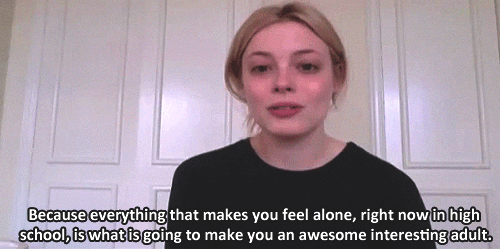
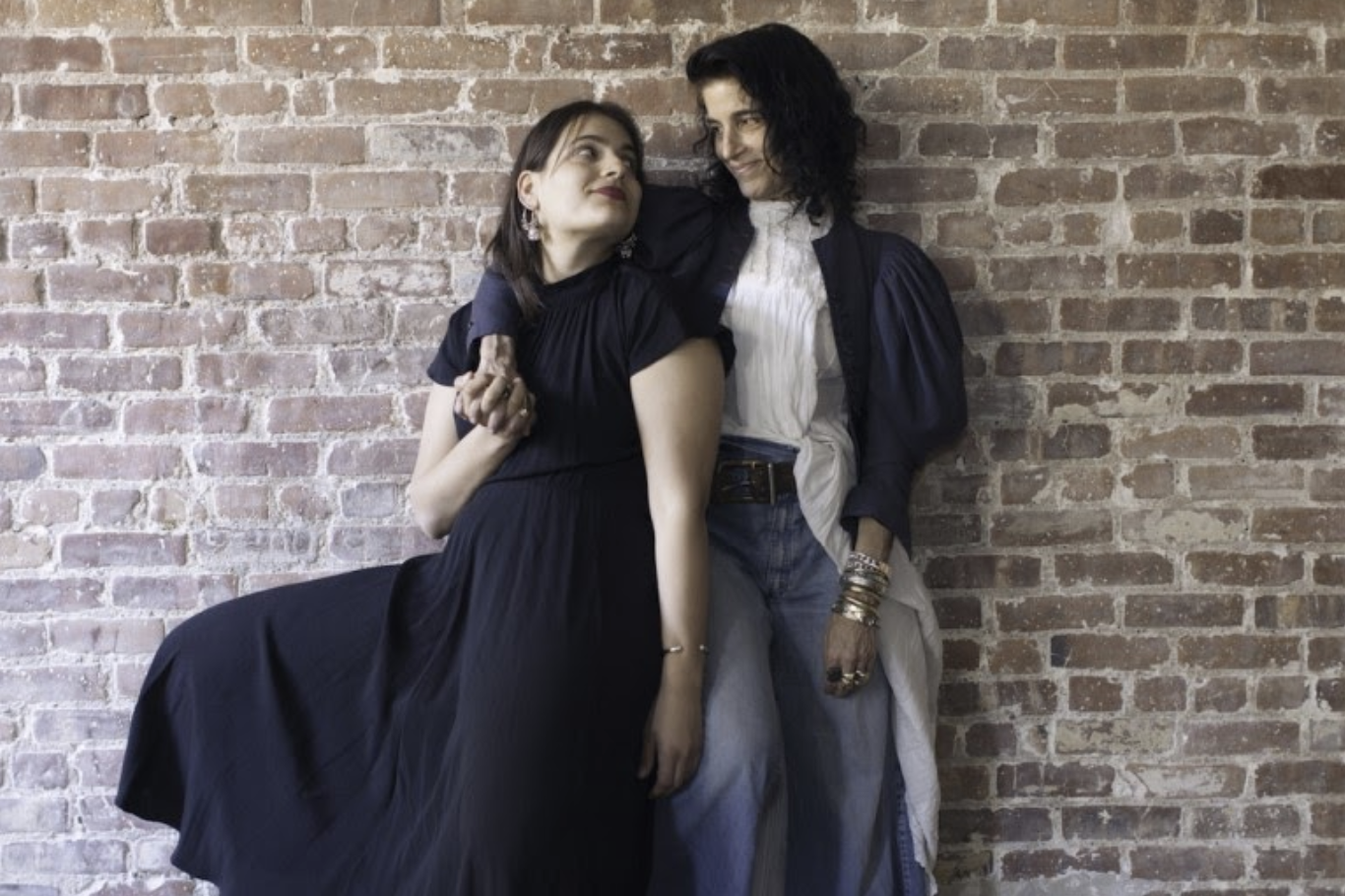
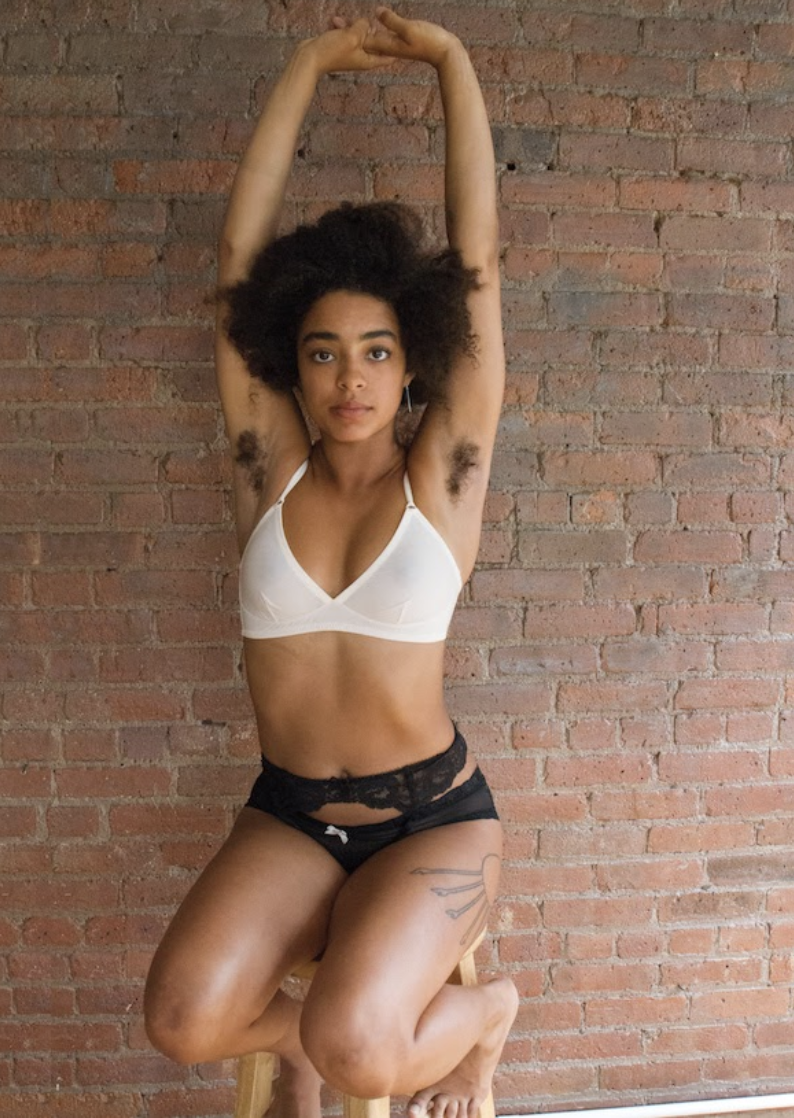
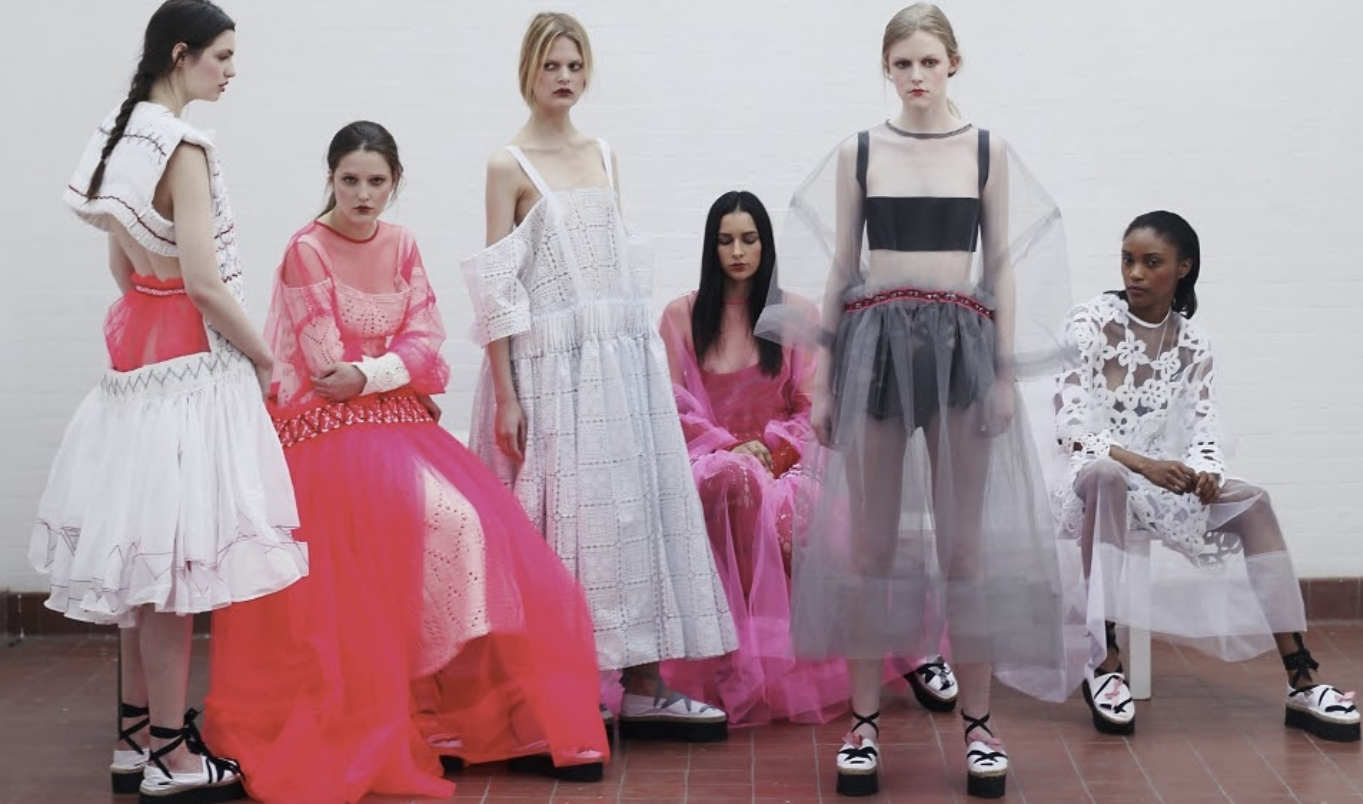
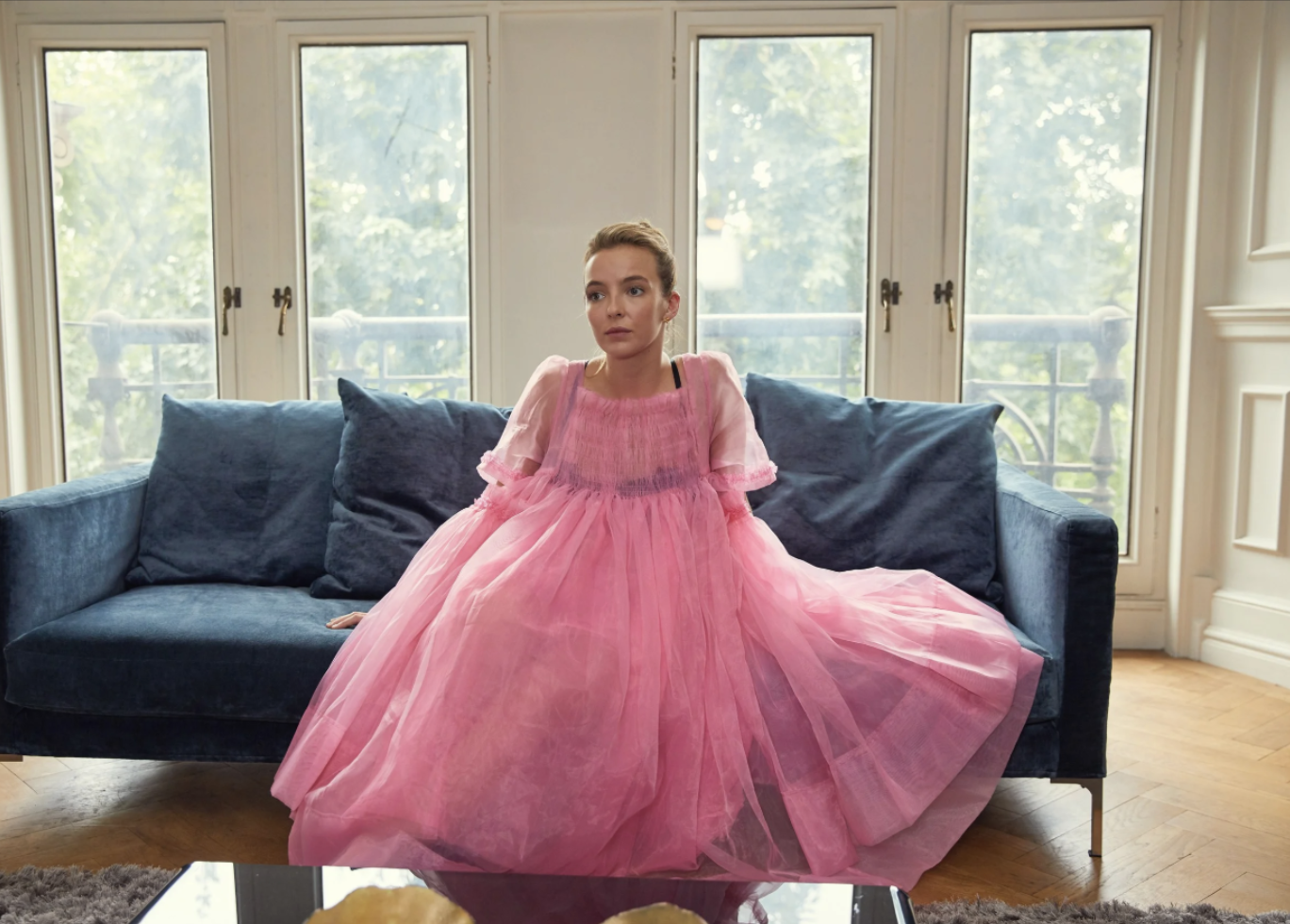

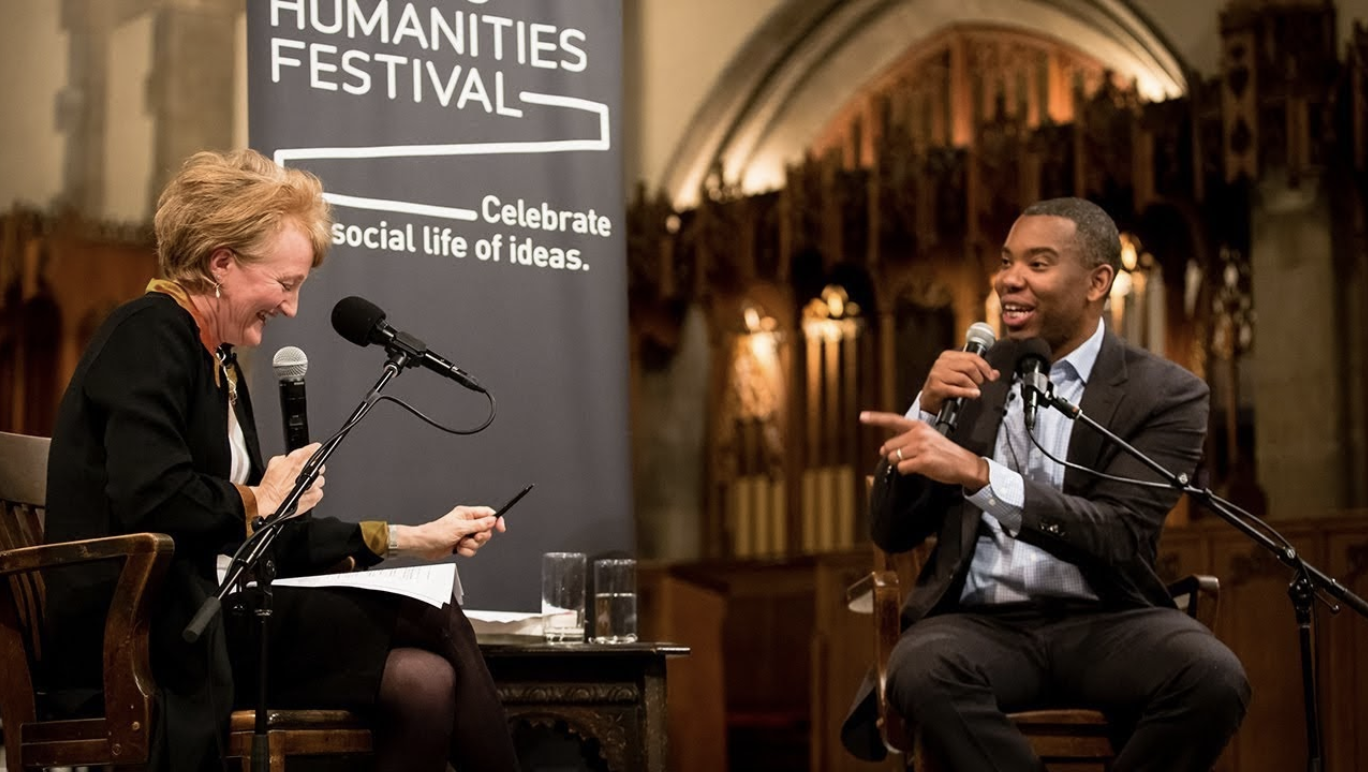

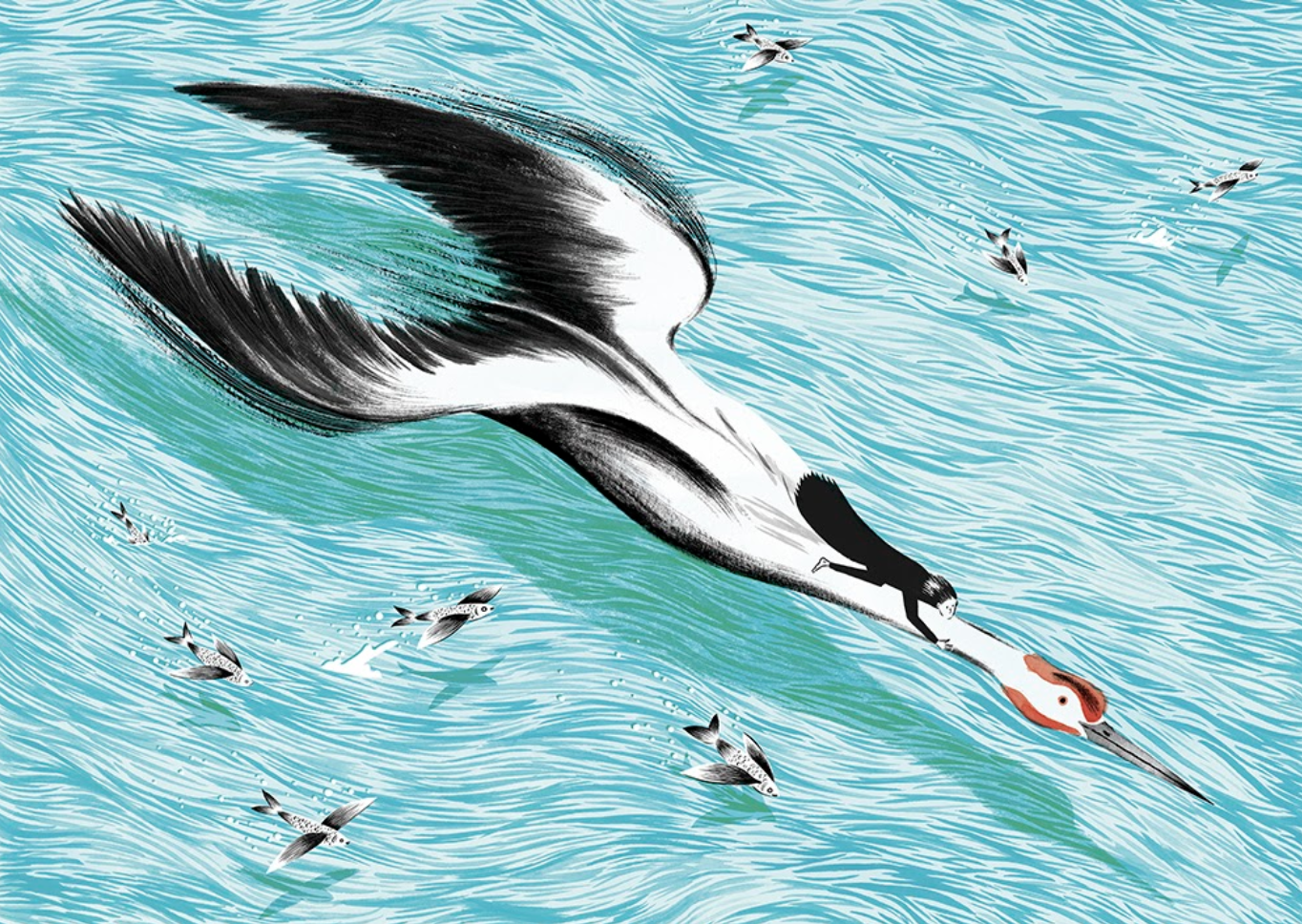
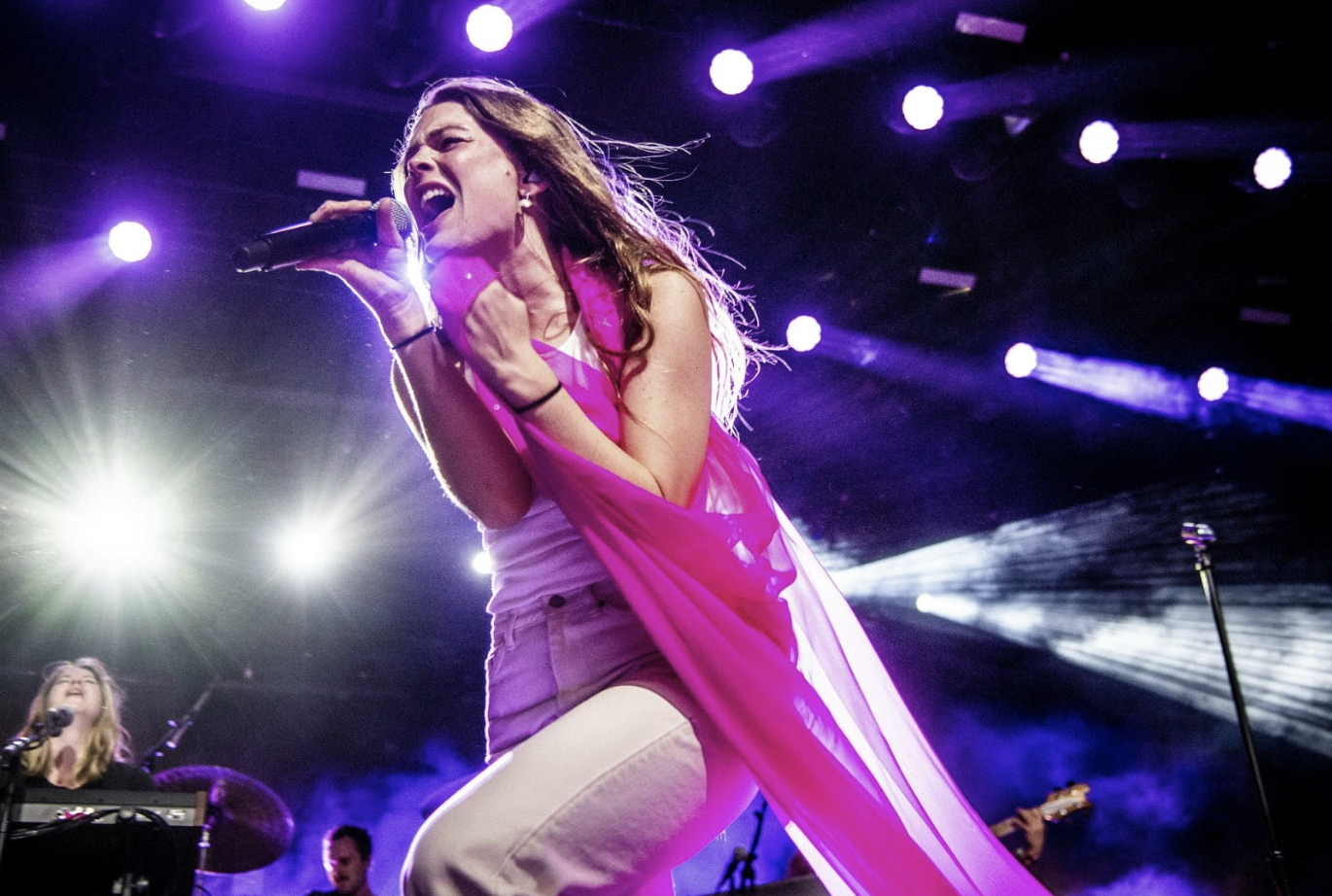

Why did I know Maggie would make the cut ? This was so awesome Emma! Can’t wait to read more from you.